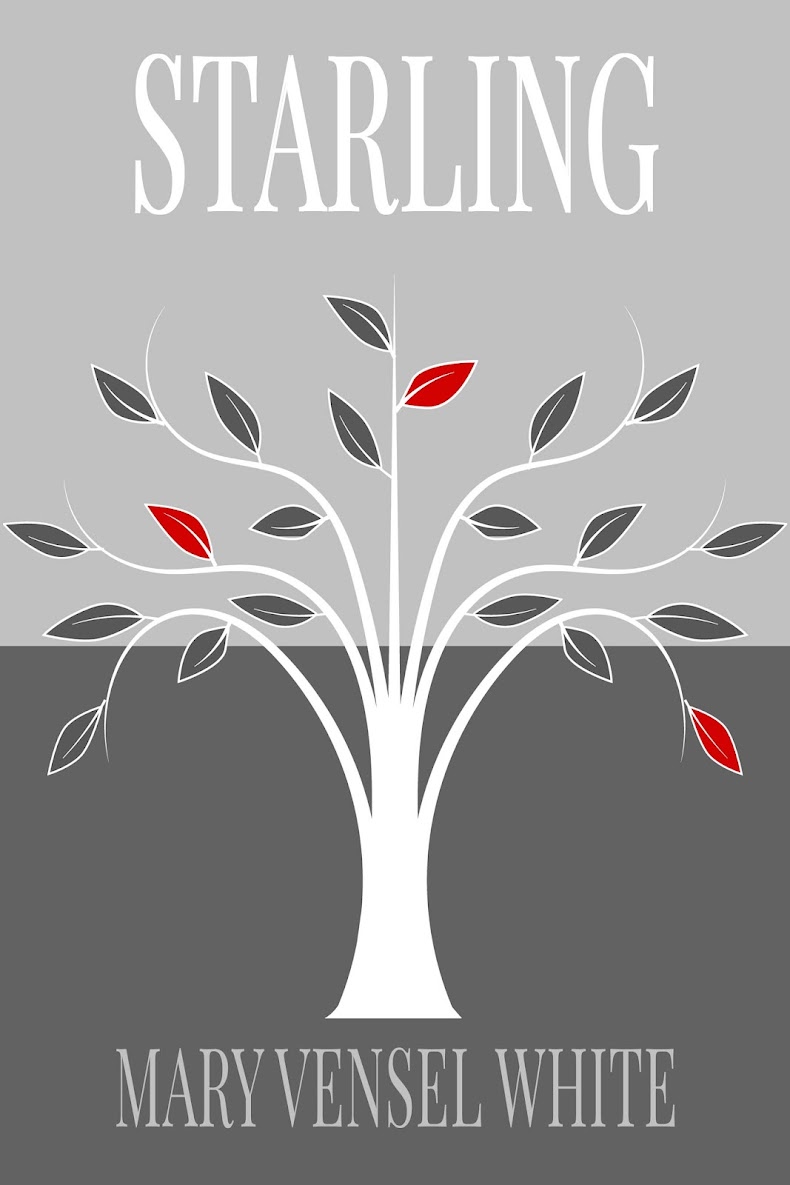The story comes in the wee hours, the witching hours, the
stuck-between-night-and-day hours of three and five. It plays like a movie.
There she is in her sweatpants, the main character. She’s anxious, unsettled
(as you are), looking through the windows of her house. The rooms are nice and
orderly. Out back, there’s a creek, nestled amongst the tall grasses and
low-growing trees that often bend and surrender to its flow. The woman thinks
about that creek and wants to make a change; she can’t keep on like this.
In the other room: the sturdy presence of her husband, like an old couch with a
pattern in the fabric you haven’t noticed for a long time. There’s another man,
a traveler. He’s a different sort; she doesn’t recognize him but sees
something of herself in him nevertheless. He shows her passages.
Perhaps Jackie (that’s her name, suddenly) has trouble
sleeping too. She worries about her ill father, her son, her daughter who lives far
away. An entire cast of worry, marching around the room as she tries to sleep (as you
try to sleep). The quiet desperation of the house after Les (that’s her
husband) goes to work. The murky idea that takes hold.
It’s all there, the people, as real to you in this hazy time
of early, early morning as real people are in daylight. Between the stark hours
of three and five, the story spins on the ceiling of your real house, this
story of Jackie and her house, and her husband, and her choice. In the morning's white light, she’s still there, a shadowy presence swirling in your tea,
the flutter in the green leaves outside. Sit down. Rewind and watch it again.
Notice.














This is wonderful to read ...
ReplyDelete